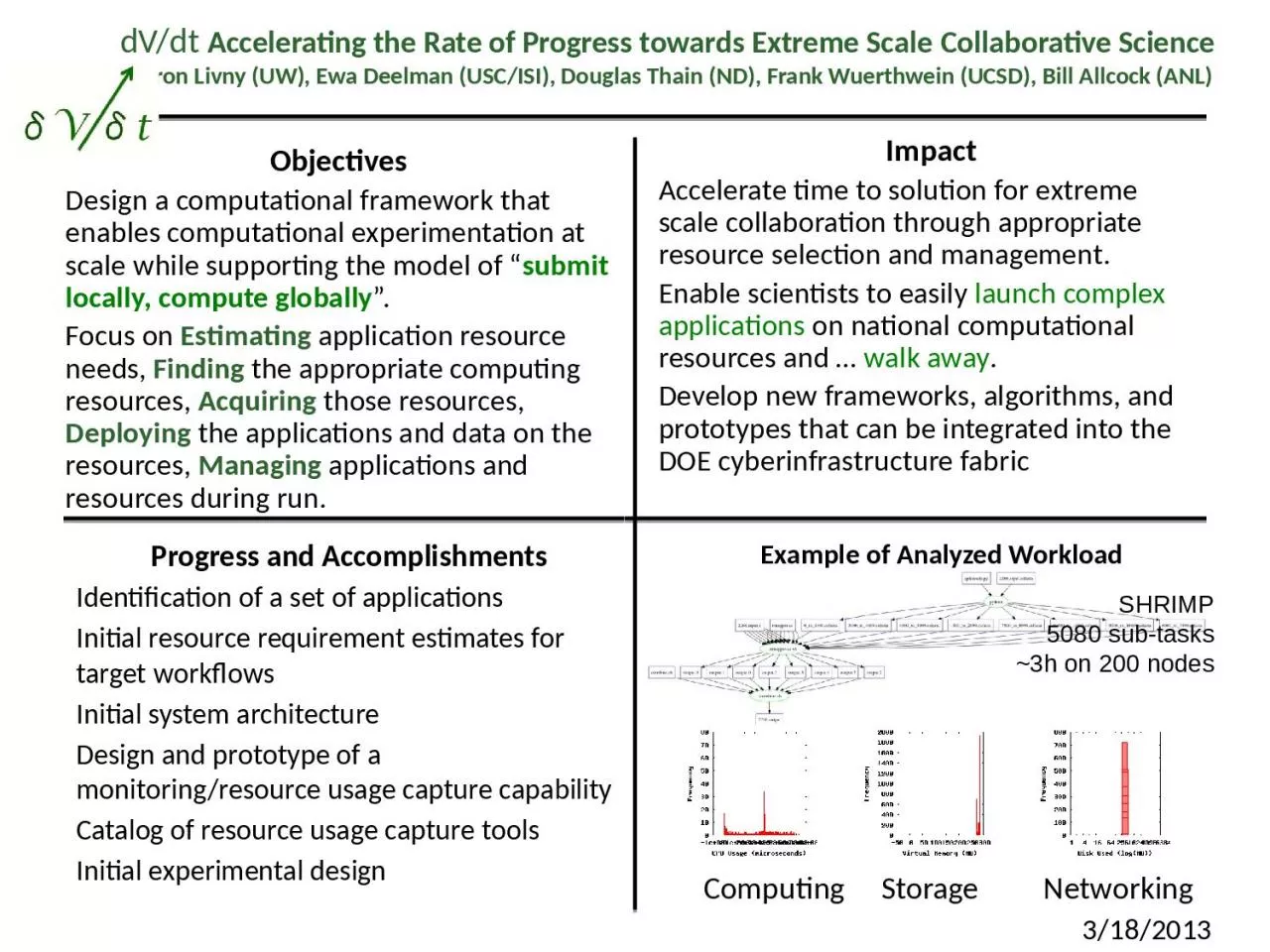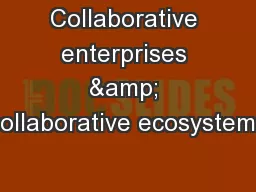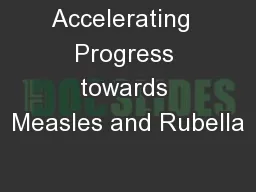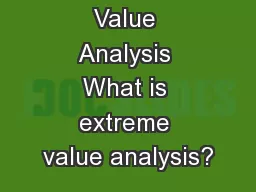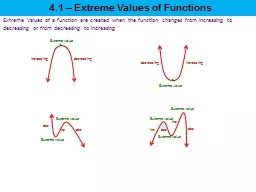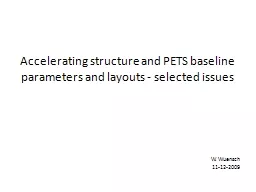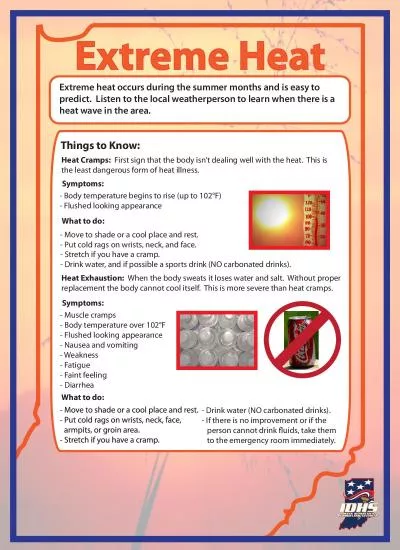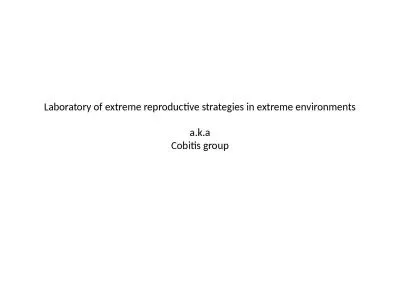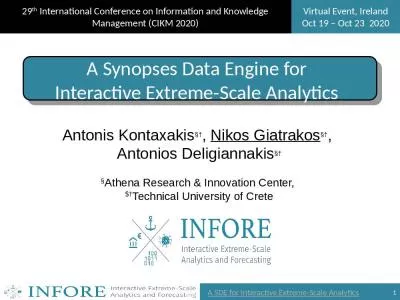PPT-dV / dt Accelerating the Rate of Progress towards Extreme Scale Collaborative Science
Author : mackenzie | Published Date : 2024-02-09
Miron Livny UW Ewa Deelman USCISI Douglas Thain ND Frank Wuerthwein UCSD Bill Allcock ANL Impact Accelerate time to solution for extreme scale collaboration
Presentation Embed Code
Download Presentation
Download Presentation The PPT/PDF document "dV / dt Accelerating the Rate of Progr..." is the property of its rightful owner. Permission is granted to download and print the materials on this website for personal, non-commercial use only, and to display it on your personal computer provided you do not modify the materials and that you retain all copyright notices contained in the materials. By downloading content from our website, you accept the terms of this agreement.
dV / dt Accelerating the Rate of Progress towards Extreme Scale Collaborative Science: Transcript
Download Rules Of Document
"dV / dt Accelerating the Rate of Progress towards Extreme Scale Collaborative Science"The content belongs to its owner. You may download and print it for personal use, without modification, and keep all copyright notices. By downloading, you agree to these terms.
Related Documents

